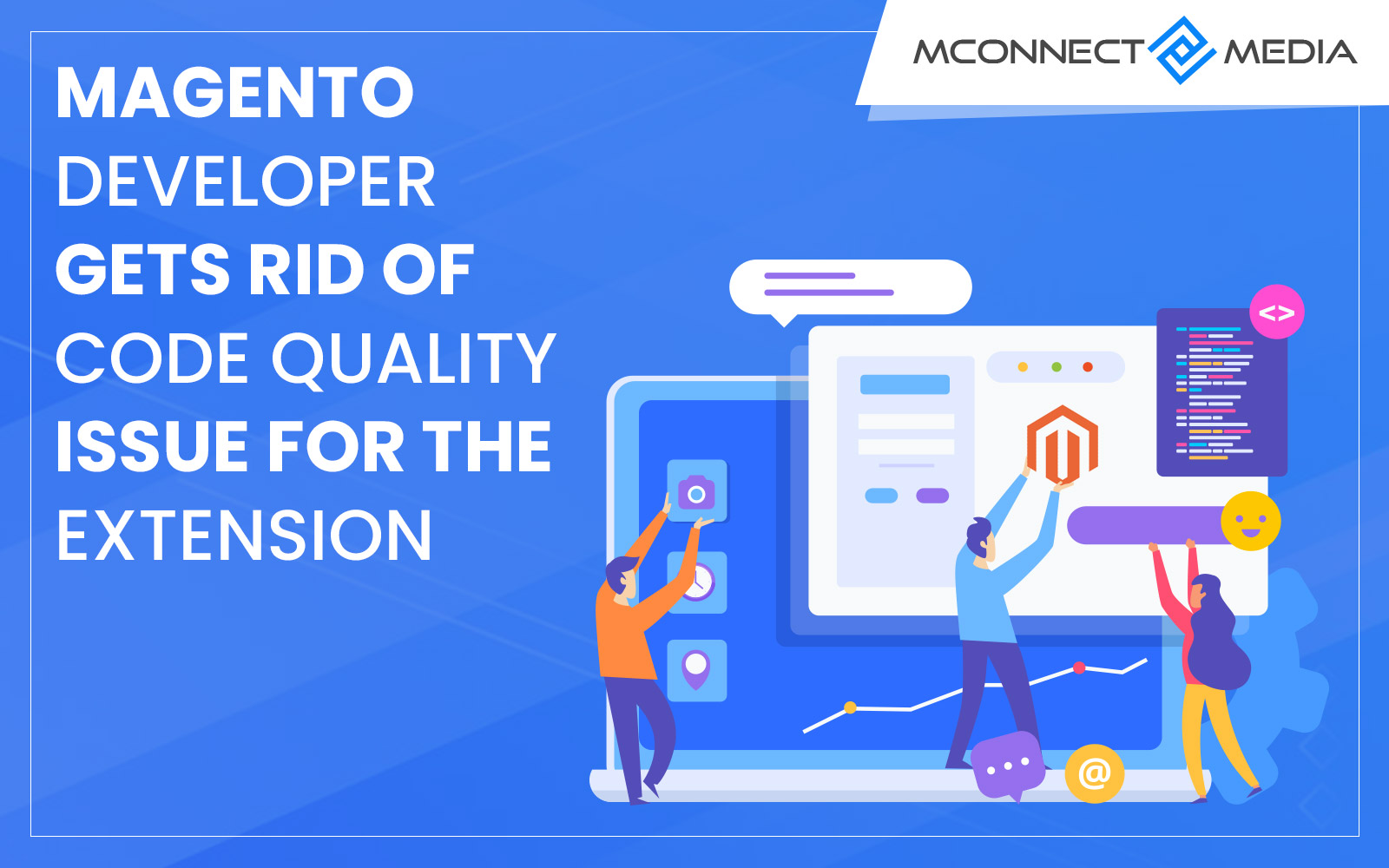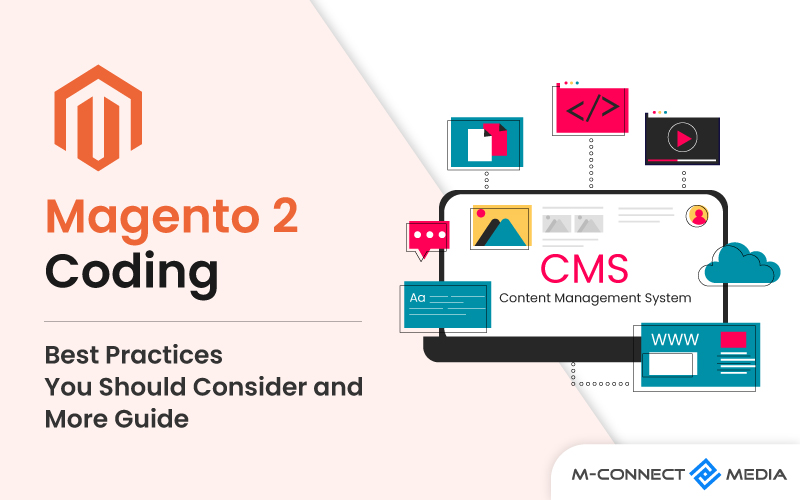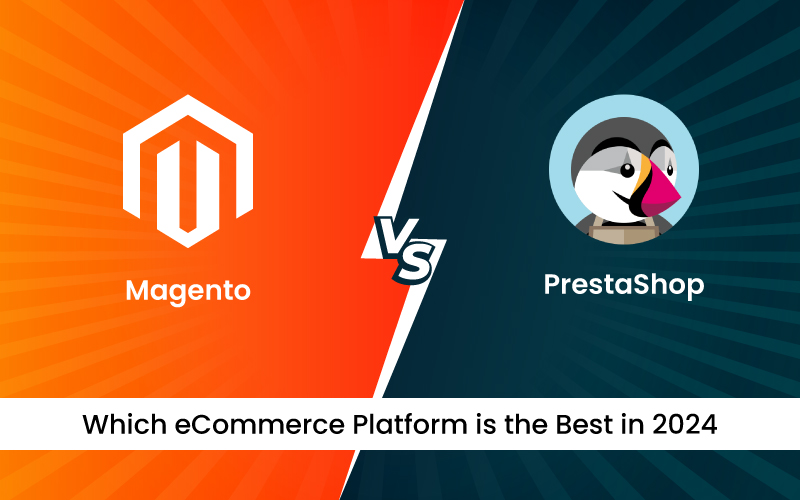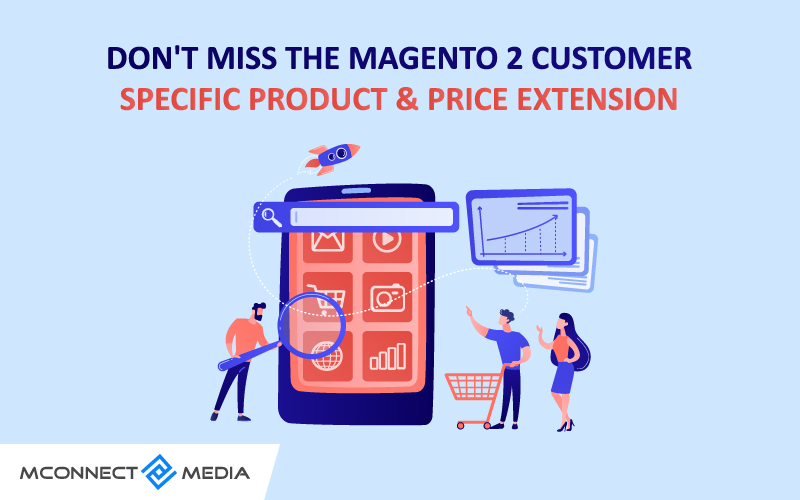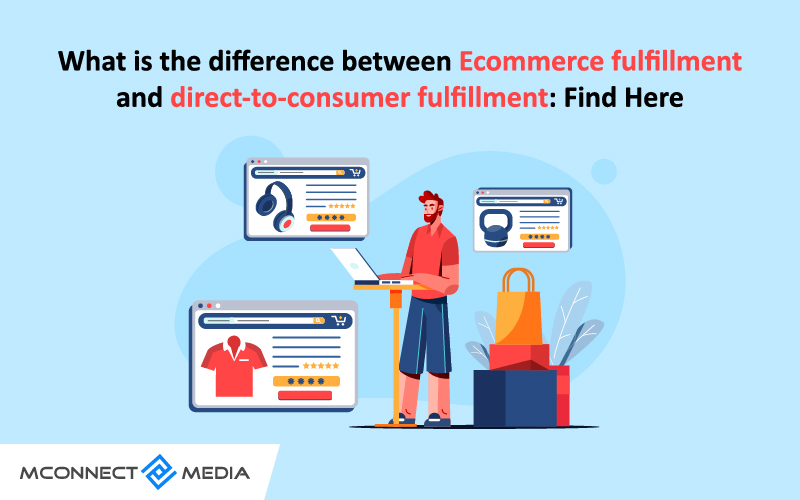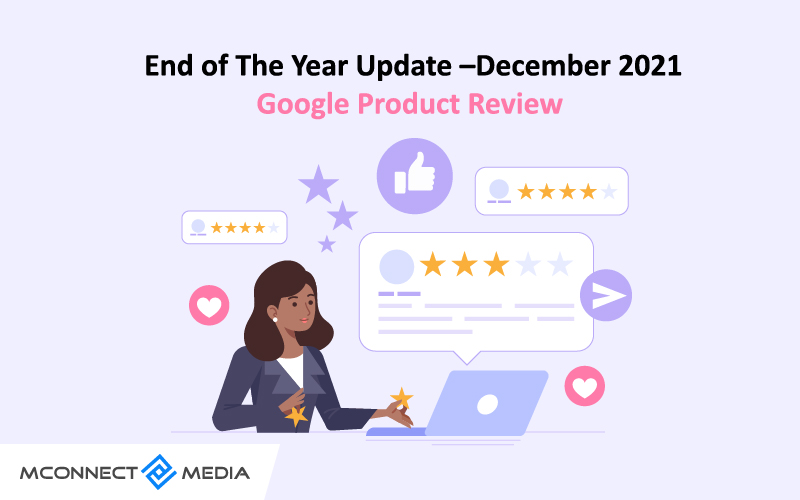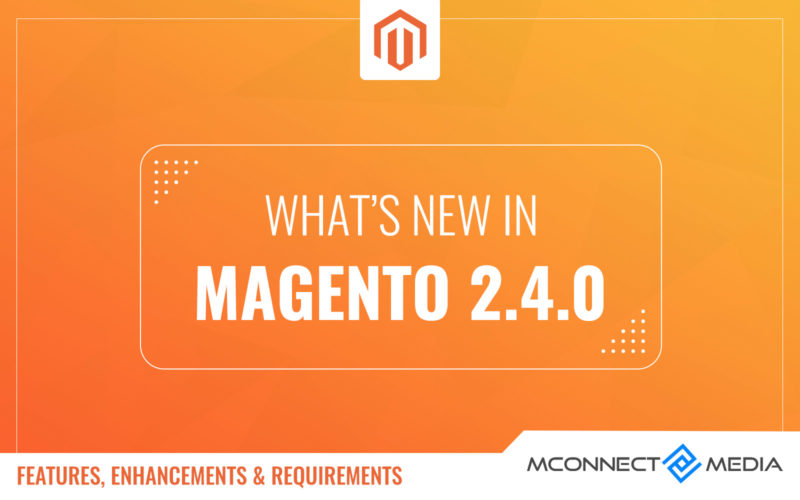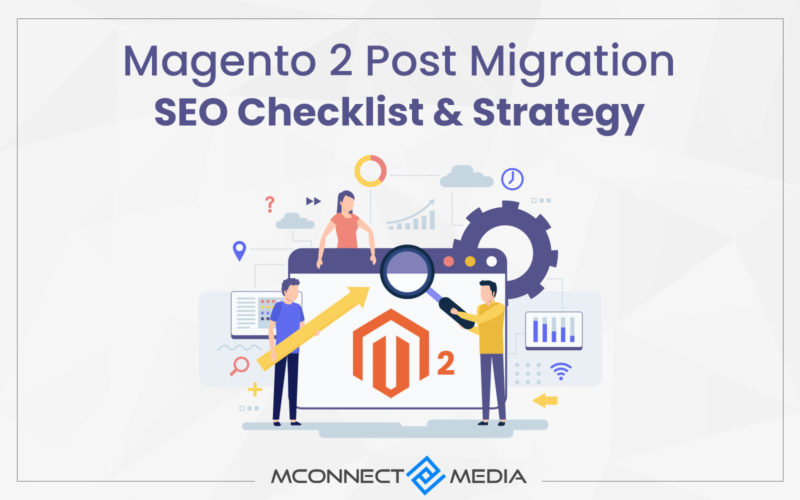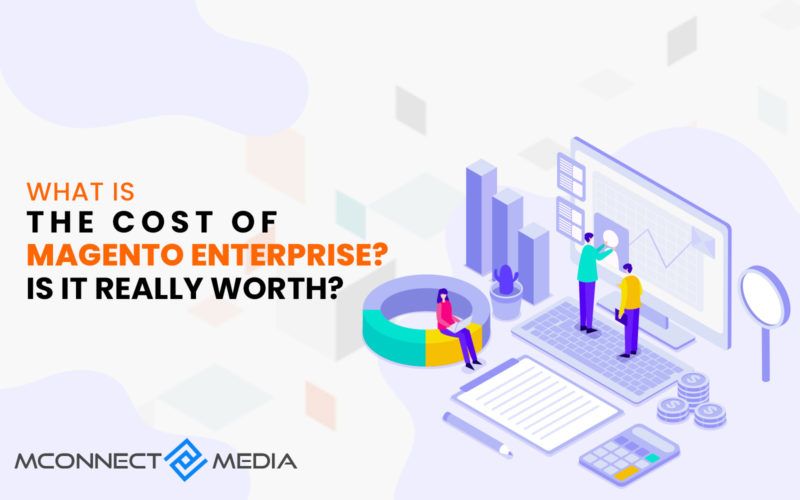Quick Summary
Before starting with GraphQL, we need to understand a little background about APLs. We need to understand what an API is, how they work, and how it is relatable with GraphQL to better understand the concept of GraphQL.
What is an API and How they Work?
“APIs, or Application Programming Interfaces, play a crucial role in facilitating communication between different software systems. They lay out the guidelines and procedures for how systems interact, ensuring smooth data exchange. Think of APIs as the translators between your mobile app and the server—it’s how they understand each other’s language and exchange information effectively. But how does GraphQL fit into this scenario? Let’s explore that further.”
What is GraphQL?
GraphQL is a query language for APIs and server-side runtime that fulfills the queries with existing data. Created by Facebook back in 2012-2015, GraphQL aims to speed things up by boosting the interactions of APIs. It also helps to increase the flexibility and effectiveness of an API call.
There are many ways and approaches to do so with an API, but GraphQL provides many advantages which makes it a stand out. Due to its complete and understandable data description, we can use GraphQL to create a well-organized schema pertinent to its types and fields.
Let’s look at the few strengths of GraphQL to better understand it.
- GraphQL has capabilities to retrieve only that data requested by the user in one call against providing the entire scope in several queries.
- GraphQL is the fastest out of all its substitutes like REST or SOAP. It offers a smart approach to work around the data.
- GraphQL depends on the data and code behind it, thus, it doesn’t need a database or storage system.
Seeing its benefits Magento has included GraphQL functionality starting from Magento 2.3.x version. It is a flexible and high performing alternate for REST & SOAP API to build a custom storefront that includes, headless storefronts, Progressive Web Apps, & mobile apps for Magento stores.
How GraphQL differs from REST and SOAP APIs?
REST & SOAP APIs or GraphQL, all are used for building APIs, but REST and SOAP have less advanced architecture than the GraphQL. Moreover, GraphQL is a perfect solution for common flaws and imperfections that occur in REST & SOAP.
The huge difference in all three is that GraphQL needs only one endpoint, which provides it a capability to obtain the result in just one call as opposed to REST & SOAP that need multiple endpoints for more than one query-send for the same kind of result, which in many cases is not as precise as provided by GraphQL.
What makes GraphQL a more attractive query language is that it gives clients control over data. GraphQL provides an opportunity for clients to determine what data they need in response to their calls. The server-driven approach of REST delivers too much or too little information that might be unrelated sometime to the requested query and triggers more queries as a result which is unlikely to happen in GraphQL.
So, the bottom line is that GraphQL gives more flexibility, speeds up the APIs, and doesn’t lag to quickly changing requirements of clients. Also, developers can create APIs using their preferred method without excluding the fields or affecting the existing queries.
How GraphQL is Helpful in Magento 2?
GraphQL has many applications for Magento 2 but its main function is to build Progressive Web Apps. The PWA studio introduced by Magento back in 2018 uses the GraphQL to serve the client requests.
Flexibility, efficiency, and time optimality are a few characteristics that make GraphQL a perfect fit for the API side work of Magento PWA. It comes handy to make Magento PWA apps responsive by indicating the return of results and replacing the SOAP or REST for frontend development.
GraphQL has three main operations that are in use:
- Queries: Helps in receiving and reading the information returned with a call.
- Mutations: It’s needed for taking actions, creating and changing data, and other tasks.
- Subscriptions: This operation allows to get the real-time data automatically from the server after a while. It is not available for Magento right now.
Capabilities of GraphQL in Magento 2:
Since its introduction with Magento 2.3, GraphQL has become advanced to handle API calls and covers vital points for the development of front-end on Magento 2. The current version of GraphQL in Magento is equipped with the following features.
- GraphQL has support for all product types.
- Supports payment methods like PayPal, Braintree, Bank Transfer, Cash on Delivery, etc.
- Supports default shipping methods.
- GraphQL has feature rich layered navigation that comes with a new design.
- Capable of <0.5 sec response time with 500 concurrent requests.
Also, Magento 2.4.0 comes with many added feature that improves its overall performance. And Magento plans to complete the GraphQL coverage for B2C use cases in upcoming releases with an emphasis on the following.
- Inventory management for store pick-ups by adding pickup location query
- Reorders and order history mutation for logged in customers to add items in cart.
- Allowing users to use their saved payment methods.
- Option to gift wrap products with a personalized message.
Disadvantages of GraphQL:
Even though the Magento is enhancing the capabilities of the GraphQL, it still is far from being a complete solution. There are many things that need to be developed from scratch. For instance, if any third-party module does not have the GraphQL functionality, then it has to be created from grounds up.
And the sad news is that most of the modules are missing the functionality because GraphQL is still fairly new and the ecosystem is not that developed, which is its biggest disadvantage.
Let’s see a few other disadvantages of GraphQL as described below.
- There is a lot of custom coding required as most of the modules for Magento do not have in-built GraphQL functionality.
- Default support for network caching is absent thus GraphQL does not work offline.
- It poses a big challenge to design and maintain large and complex schema modules.
- GraphQL does not have file uploading capability, unlike the REST API which is capable of processing all content types.
Final Thoughts
All in all, GraphQL is indeed better in many ways than REST and SOAP APIs and has many strong sides. It’s fast, efficient, and provides flexibility in use. And Magento has used it quite perfectly to build Progressive Web Apps. Of course, REST is not quite completely replaceable with GraphQL but it is a great fit for various use cases in the development of front-end elements.
Have something in mind, then consult our experts to seek robust solutions for all your eCommerce needs. We have many industry-specific experts who are well-versed with the expertise to provide top-notch solutions.





